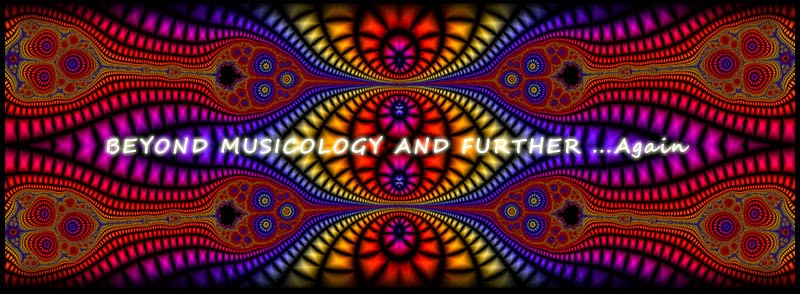A sea change occurred in L.D’s approach to the guitar when he was diagnosed with a neurological disorder called Focal Dystonia, which limited the use of both of his hands and temporary sidelined his career… Determined to find a way to keep playing, “Grey Reverend” was born out of a desire to write his own music from simple song formula while maintaining a textural complexity which he found to be lacking at the time in contemporary acoustic music. In 2006 L.D. moved to New York City, where he currently lives, and spent most of his early time there writing songs and performing them for Rats and People in the subways. “It was a good experience”…
Signed to Ninja Tune/Motion Audio Records in 2009, and with two LPs “Of The Days” 2011, and “A Hero’s Lie” 2013, Grey Reverend has toured the United States, U.K and Europe in support of these releases. Grey Reverend’s music has been showcased on MTV, ABC ,NBC, HBO ,BBC and other networks worldwide, and has been featured on NPR’s All Things Considered…
Besides currently working as a guitarist and vocalist with “The Cinematic Orchestra” UK, L.D. has collaborated with a wide range of artist around the world. Bonobo, Fink, Lou Rhodes of Lamb, Cynthia G. Mason, members of Wilco, Tortoise, as well as many others… He claims that music is a means of connecting with the rest of the world…
In describing Grey Reverend’s sound, David Garland of WNYC radio in New York put it eloquently when he said “As Grey Reverend, LD Brown makes compelling songs with reverence for the grey, undefined areas of style, and without concern for standard musical, or social expectations.”
A modern bluesman…
listen here
Buy @ Amazon: USA










